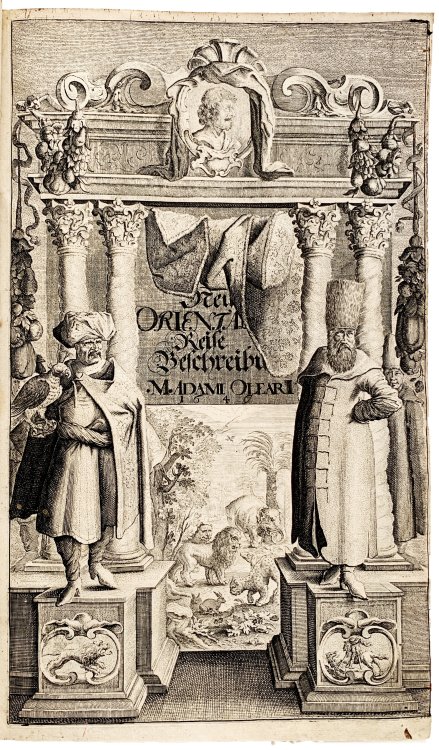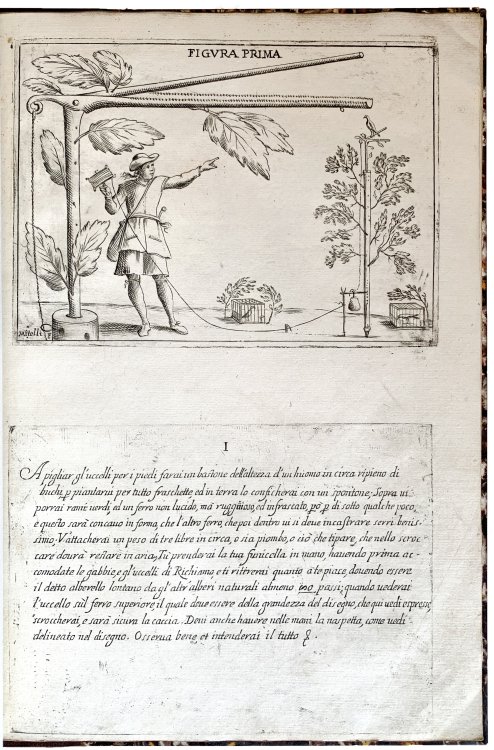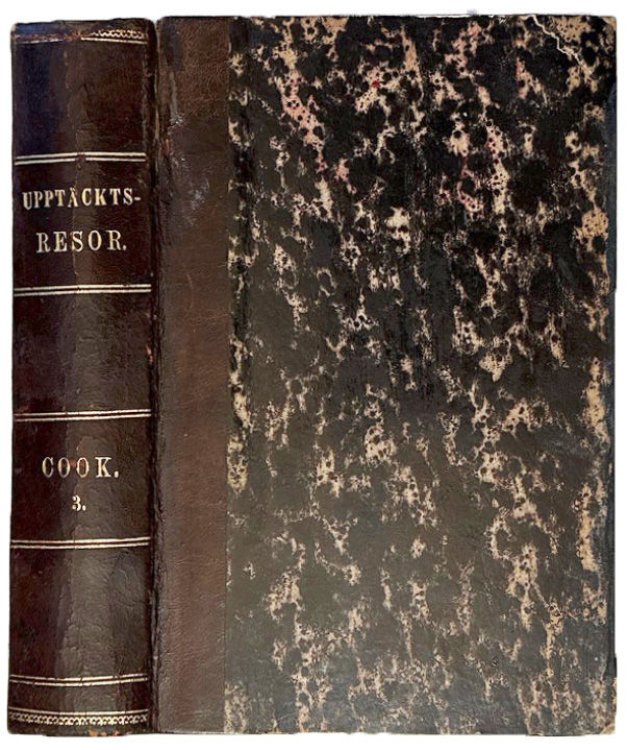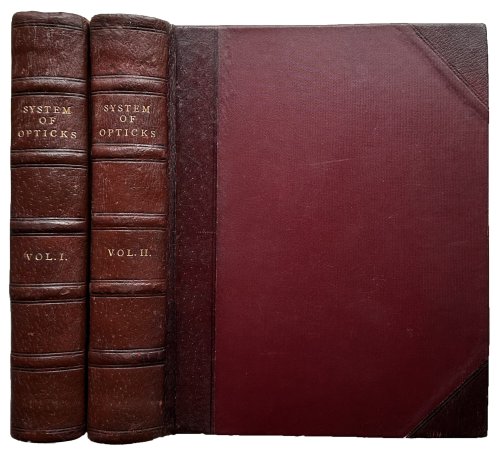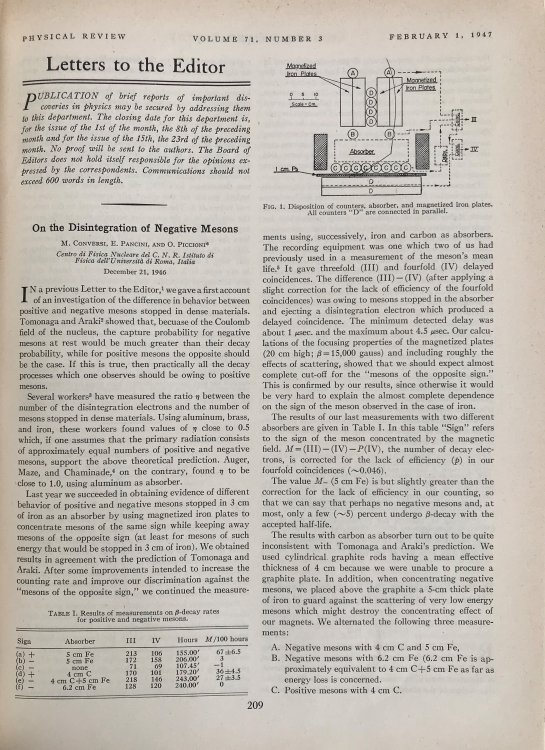
"On the Disintegration of Negative Mesons."
$325.00 USD • Used
Second Series, vol. 71, Jan. 1-June 15, 1947, pp. 209-210. 4to. (10.5 x 8 inches; 263 x 200mm). [whole volume]. ix, 944 pp. Illus., index. Full green gilt-stamped buckram. Library bookplate. Very ...
Store: JeffWeberRareBooks [View Items]
Second Series, vol. 71, Jan. 1-June 15, 1947, pp. 209-210. 4to. (10.5 x 8 inches; 263 x 200mm). [whole volume]. ix, 944 pp. Illus., index. Full green gilt-stamped buckram. Library bookplate. Very good. CONVERSI-PANCINI-PICCIONI :: THE SO-CALLED "PINOCCHIO EFFECT." "Meson absorption, the cause of a real crisis. Theoretically, slow positive Yukawa mesons traversing matter should strongly prefer to decay rather than be absorbed by a nucleus, Coulomb repulsion mitigating against the meson reaching the nucleus. Negative Yukawa mesons, on the other hand, should strongly prefer absorption to decay. These predictions were blown to bits by the Conversi-Pancini-Piccioni experiment (December 1946): positive cosmic ray mesons behaved the way the theory said, and negative cosmic ray mesons were absorbed in lead, also as expected, but not in carbon!" :: Abraham Pais, Inward Bound, p. 453. / Marcello Conversi, professor of experimental physics, was a vital contributor to Italian particle physics for more than 40 years. "Conversi acquired world fame in 1946 as the junior member of the team of Ettore Pancini, Oreste Piccioni and Conversi, which established that the cosmic ray 'mesotron' was not, as had been universally assumed until then, the strongly interacting meson hypothesized by Hideki Yukawa, but, rather, a weakly interacting particle, soon to be named the muon. This discovery was the crowning glory of a long chain of successful experiments by Conversi and Piccioni (1942-45) on the lifetime of the 'mesotron.' It is fair to say that the discovery :: in its day jocularly called the 'Pinocchio effect' :: constituted the birth of lepton physics." :: Georgio Salvini, University of Rome, & Valentine L. Telegsi, Zurich, obituary for Conversi, Physics Today, November, 1989. / Ettore Pancini, transferred from the Istituto di Fisica of Padua, to Rome, in 1945. Here he participated in the final stage of the famous experiment known as "Conversi-Pancini-Piccioni", which led to the discovery of cosmic rays and the particle later known at muon (as above, the birth of lepton physics). / Oreste Piccioni, who had contributed originally to the design of the experiment that discovered the antiproton in 1955, was slighted by the Nobel Committee, when in 1959, the Prize for physics was awarded to Emilio Segre and Owen Chamberlain. Remarkably Piccioni sued the two recipients in 1972, but the court threw out the case as being past an unstated limit of just cause.
Product Info
Publisher: Physical Review, 1947.
Year: 1947
Type: Used
Binding: Softcover
Seller Info
JeffWeberRareBooks
Address: Place Pury 9 Neuchâtel,
Website: https://www.weberrarebooks.com
Country: Switzerland



